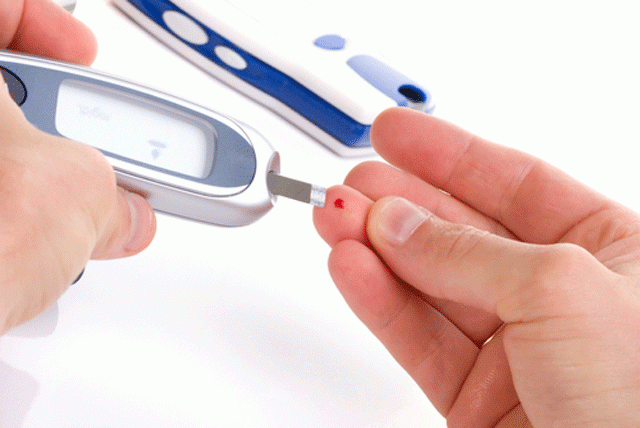A diabetes-free world in next 50 years: Scientists
There has been a lot of change, most of it for the better but people want a cure and there is none so far

There are numerous, accurate ways to test blood glucose levels. Photo: aquido
Although the way diabetics test their glucose levels has gone through dramatic changes over the past 50 years, there is still a long way to go, say researchers.
Earlier, the only way to assess diabetes control was by testing for the presence of sugar in a person's urine, today there are numerous, far more accurate ways to test blood glucose levels.
It including the non-invasive A1C method which measures average blood glucose levels over a three-month period.
"This gives us a nice marker for showing whether a person is on the right road or not," said Fred Whitehouse, division head emeritus at the Henry Ford Health System in Detroit.
 PHOTO: ASIANWORLDNEWS
PHOTO: ASIANWORLDNEWSThere has been a lot of change, most of it for the better. But what people want is a cure and we don't have that yet, he added.
"Despite the enormous growth in our understanding of diabetes and its complications, we are still only able to manage the disease," noted Robert Ratner, chief scientific and medical officer for the American Diabetes Association.
Read: Ramazan advisory: Doctors urge caution for diabetics
The reason diabetes is a serious health problem is because of the complications.
"If there were no complications, diabetes would be like hypothyroidism and other easily managed diseases. You would take a tablet to replace the hormone and everything would be fine," said Michael Brownlee from the Albert Einstein College of Medicine's Diabetes Research Centre.
 PHOTO: GRACENGOFOUNDATION
PHOTO: GRACENGOFOUNDATIONNew treatments must provide optimal glucose and metabolic control without the risk of hypoglycemia and complications of diabetes should become historical memories.
Also, every person with diabetes needs to create a system for remembering and dealing with his or her own treatment.
"The next 50 years must elucidate the mechanisms by which both Type 1 and Type 2 diabetes occur, along with those critical steps at which we might intervene to prevent disease," the authors emphasised during a special symposium held recently at the American Diabetes Association's 75th scientific sessions.



















COMMENTS
Comments are moderated and generally will be posted if they are on-topic and not abusive.
For more information, please see our Comments FAQ